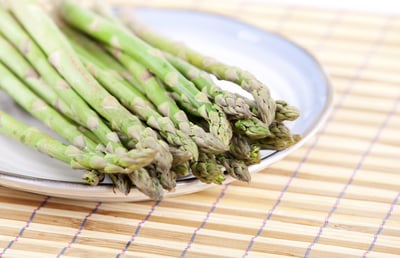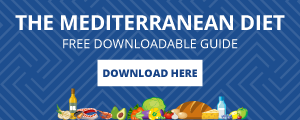One of the main nutrients Americans don’t get enough of is fiber.
Fiber is important to overall health because it helps you feel fuller longer, preventing overeating. It also helps regulate cholesterol and blood sugar levels.
Fiber is found mostly in fresh fruits and vegetables, but since most of us don’t eat enough of these, different types of fiber are being added to other foods and formed into supplements.
One such type is inulin.
What Is Inulin?
Simply put, inulin is a naturally-occurring, tasteless fiber present in some vegetables and grains. It’s often considered a superfood because it’s high in fiber, low in calories and full of various other nutrients.
Benefits of taking inulin include:
- Slower digestion, which helps control blood sugar levels
- Increased fullness
- Improved cholesterol levels
- Infection prevention
- Immune system stimulation
- Better absorption of nutrients from food
- Possible weight loss
- Higher levels of calcium, a nutrient many Americans are deficient in
Another benefit of inulin, as mentioned earlier, is that it’s tasteless. This means it’s easy to incorporate into foods, drinks and supplements.
A recent study also found that people who took inulin supplements were generally happier, less hungry and felt fuller longer.
Are There Side Effects Of Taking Inulin?
With so many benefits, inulin almost sounds too good to be true. It does have minor side effects, though. These include:
- Discomfort during bowel movements
- Bloating
- Cramping
- Gas
- Loose stools
The good news is these side effects mainly occur when too much inulin is consumed. The recommended dose of supplemental inulin is 3.1 grams per day.
If you’re taking this much in addition to eating an abundance of foods containing inulin, for example, you may experience some of the side effects listed above.
 Where Is Inulin Found?
Where Is Inulin Found?
Inulin is available as a supplement in both capsule and powder forms. Of course, nutrients are always best absorbed by the body when they come directly from foods.
Here are some food sources of inulin:
- Bananas
- Burdock
- Asparagus
- Garlic
- Dandelion root
- Chicory
- Jerusalem artichokes
- Onions
- Leeks
- Agave
- Wheat
- Wild yams
- Sometimes yogurt, cheese and ice cream
What Else Should You Consider?
If you’re allergic to ragweed, you’ll want to avoid getting inulin from chicory, as the two are in the same family.
Also related are marigolds, daisies and chrysanthemums. If you find yourself sneezing a lot in the presence of those flowers, it’s probably best to avoid chicory as well.
If you're looking for a healthy, easy-to-follow diet, try the Mediterranean Diet. Find out more by downloading our FREE ebook below.






